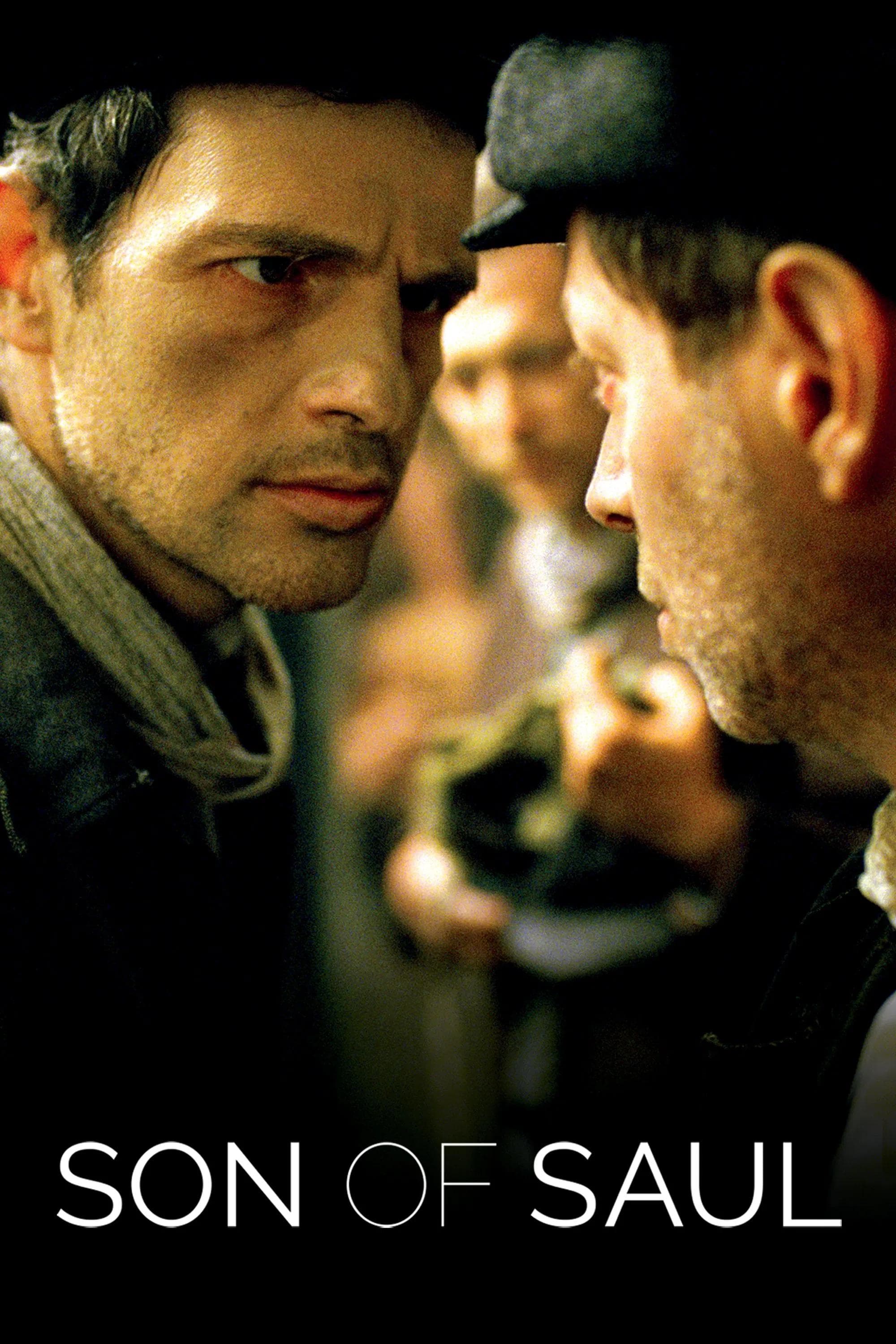
Son of Saul
2015
Rate this movie
Average: 5.00 / 5
(1 votes)
Director
Can unspeakable horror be tackled with a camera and a script in hand? Can you show the unshowable, the black heart of Auschwitz, without falling into the trap of sensationalism? Hungarian director László Nemes, with his debut film Son of Saul, not only answers this question with a resounding yes, but does so with such radical formal intelligence that he redefines the ethical boundaries of Holocaust cinema. He filters the brutality of history through a poignant narrative device and a series of technical tricks that transform his film into a searing indictment of primordial and terrible beauty. The Shoah has always had harrowing implications and ferocious ramifications that make it a truly complex subject to deal with. On the one hand, it is easy to fall into the consolatory rhetoric of a film like La Vita è Bella, on the other, it is just as likely to descend into dry documentary. Nemes proves himself to be a filmmaker of enormous caliber by sidestepping every semantic and moral pitfall. First of all, with the use of a 4:3 aspect ratio for his film, a graphic style that is not a retro quirk but an ethical choice: it is a visual prison, a claustrophobic frame that denies the panoramic and spectacular breadth of the horror. Then there is his obsessive use of close-ups and extreme close-ups of the protagonist, keeping the context and the carnage taking place almost constantly out of focus. This is not just a stylistic choice, it is a direct response to the dogma of Claude Lanzmann, director of Shoah, according to whom any attempt to recreate the gas chambers is an act of desecration. Nemes does not recreate, he suggests. He denies us the pornographic vision of mass death and forces us to imagine it through infernal sounds and fragments of horror that appear and disappear at the edges of the frame. In this way, he creates a sort of visual barrier that keeps the torment of a ferocious genocide in the background and focuses attention on the protagonist and his titanic, insane goal.
It is October 1944 in Auschwitz-Birkenau. One of the most terrifying crimes in history is being committed, and the horror within the horror is that teams of Jews have been assigned manual labor in the gas chambers and crematoria, the infamous Sonderkommandos, created by the Nazis to spare their own men the psychological torment of what was happening in those godforsaken places. As Primo Levi wrote, and the film is the perfect embodiment of this insight, "Conceiving and organizing the Sonderkommandos was the most demonic crime of National Socialism. Through this institution, they attempted to shift the burden of guilt onto others, namely the victims, so that, to their relief, they would not even be left with the knowledge that they were innocent." Saul Ausländer is a Hungarian Jew who is part of this group of desperate people. His existence is that of an automaton, his movements are mechanical, his gaze is empty. One day, while removing corpses gassed to death, Saul discovers the body of a boy who seems to have survived suffocation for a few moments before being strangled by an SS doctor. Saul believes, or perhaps decides to believe, that the boy is his son. From that fateful moment, an unshakeable determination takes hold in the man's soul: to give the boy a decent burial according to Jewish rites, snatching his remains from the voracity of the crematoria. This quest takes on the contours of a modern Antigone. Like Sophocles' heroine who defies the laws of King Creon to bury her brother, Saul defies the inhuman laws of the concentration camp, which reduce bodies to mere material to be disposed of, in order to obey a higher law, that of mercy and the sacred. His search for a rabbi who can recite the Kaddish, in the midst of a humanity that has lost all reference points, is an act of absolute spiritual resistance. To pursue his goal, the man must accept compromises and submit to unspeakable humiliations, passing through remote areas of the camp, often in conflict with his comrades, who are planning the uprising. In the background, in fact, are the historical events of the infamous Sonderkommandos revolt of October 1944 and their desperate attempt to take photographs documenting the Nazis' actions, images that will be buried and found after the war.
This is a painful film, imbued with a feral poetry that attempts to bring out the desperate intent of a father who, in a deadly and all-consuming chaos, wants at all costs to bury his son, sparing him the contempt and outrage of the fire. But is it really his son? With exquisite intelligence, the film leaves the question open. Other prisoners tell Saul that he never had a son. This ambiguity is fundamental: it elevates Saul's mission from an act of paternal love to a universal symbolic gesture. That boy becomes every son, a sacrificial lamb for all of humanity. Saul's search is no longer just a private matter, but an attempt to impose a single act of human dignity on the industrial machine of extermination. The face of Géza Röhrig, who is not a professional actor but a poet, is a haunting icon of a torn humanity that refuses to give up. His performance is a masterpiece of subtraction: his face is an almost expressionless mask, an empty mirror onto which we, the audience, project the horror that he is allowed to see and we are not.
It is a long shiver that painfully reminds us of the extent to which man has been ferocious towards man, but also the extent to which a father can go to find compassion, a humanity that has been torn away from him. Saul's quest is a search for a last, residual “remnant of civilization” where nothing remains standing. His stubbornness in finding a rabbi is a search for a word, a ritual, a gesture that can affirm that that life, and all the others, had meaning. The ending is of a piercing beauty and cruelty. Saul and a small group of fugitives find temporary refuge in a hut in the woods. For a moment, the tension eases. A young blond farmer appears at the door and exchanges a glance with Saul. For the first and only time in the film, Saul smiles. It is a fragile, almost imperceptible smile, a moment of pure grace, as if in that innocent face he sees for a moment the son he could not save. But it is only a moment. The boy runs away, frightened, and immediately afterwards we hear the voices and footsteps of the approaching Nazi soldiers. Hope dies as quickly as it was kindled. Son of Saul is a major work not because it shows us the Holocaust, but because it reinvents the way it can be shown, striking an almost impossible balance between the obligation to bear witness and respect for the victims. It is an all-encompassing cinematic experience, a journey into hell guided by an artistic and ethical vision of absolute consistency.
Genres
Gallery
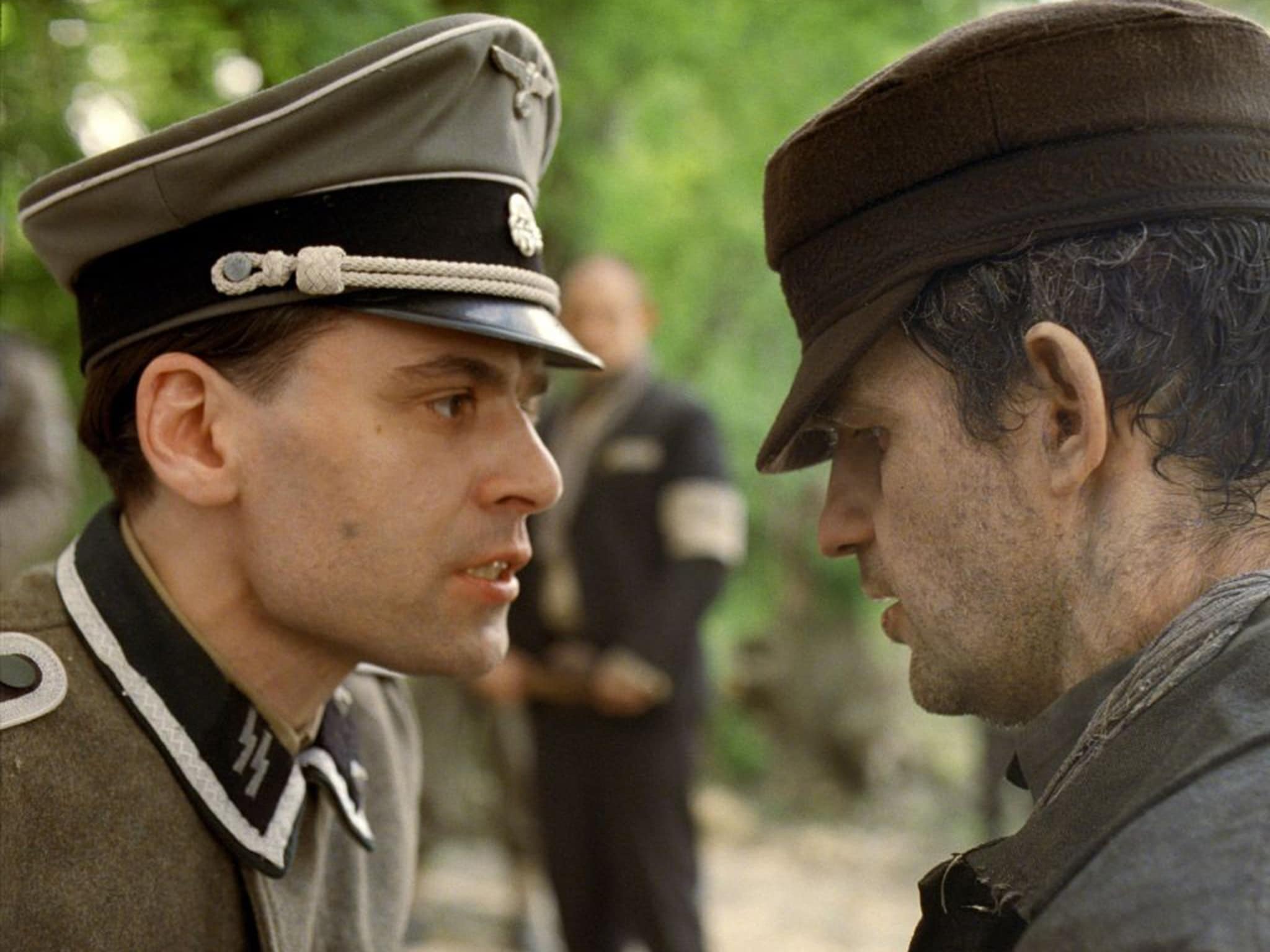

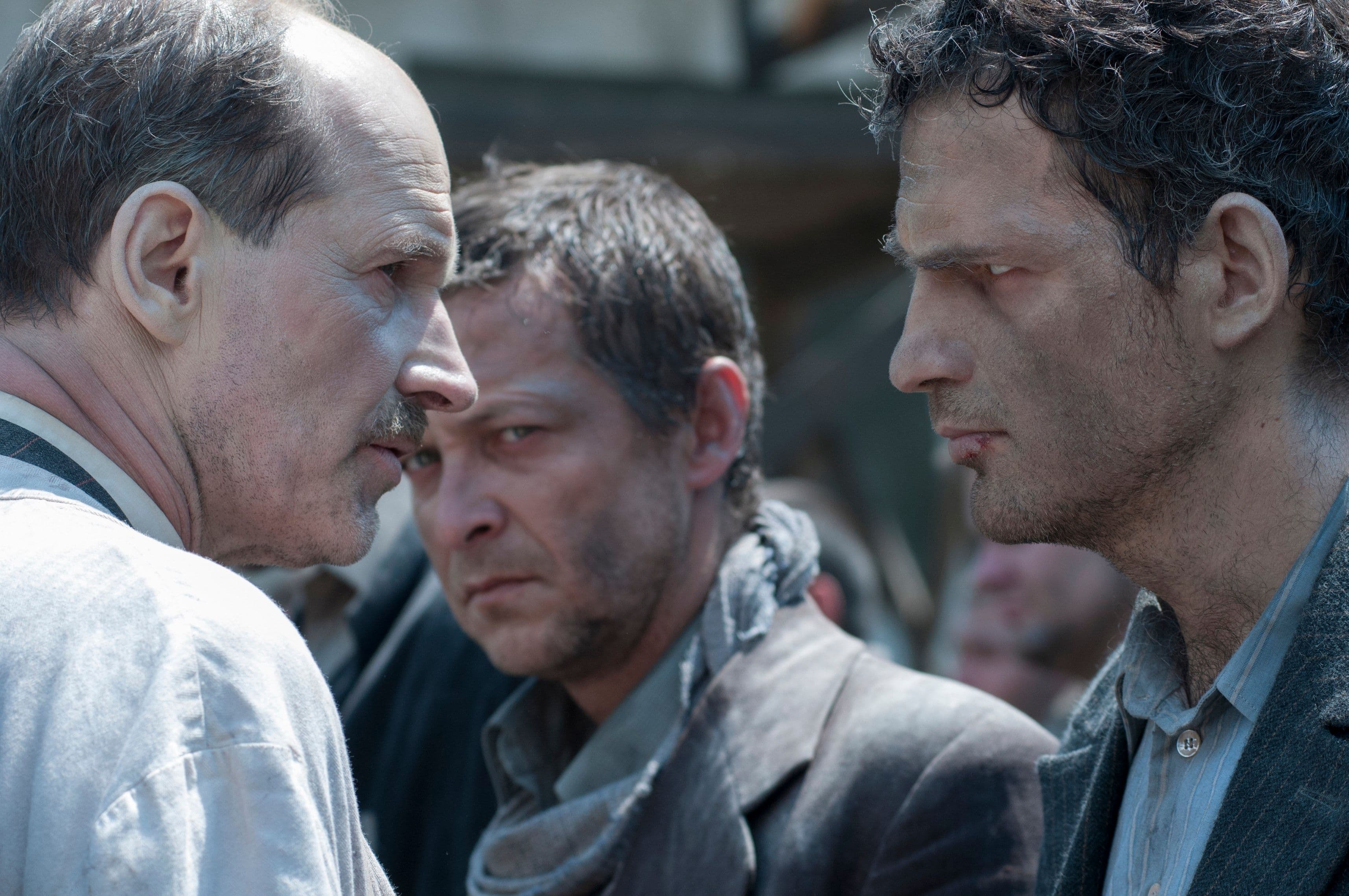

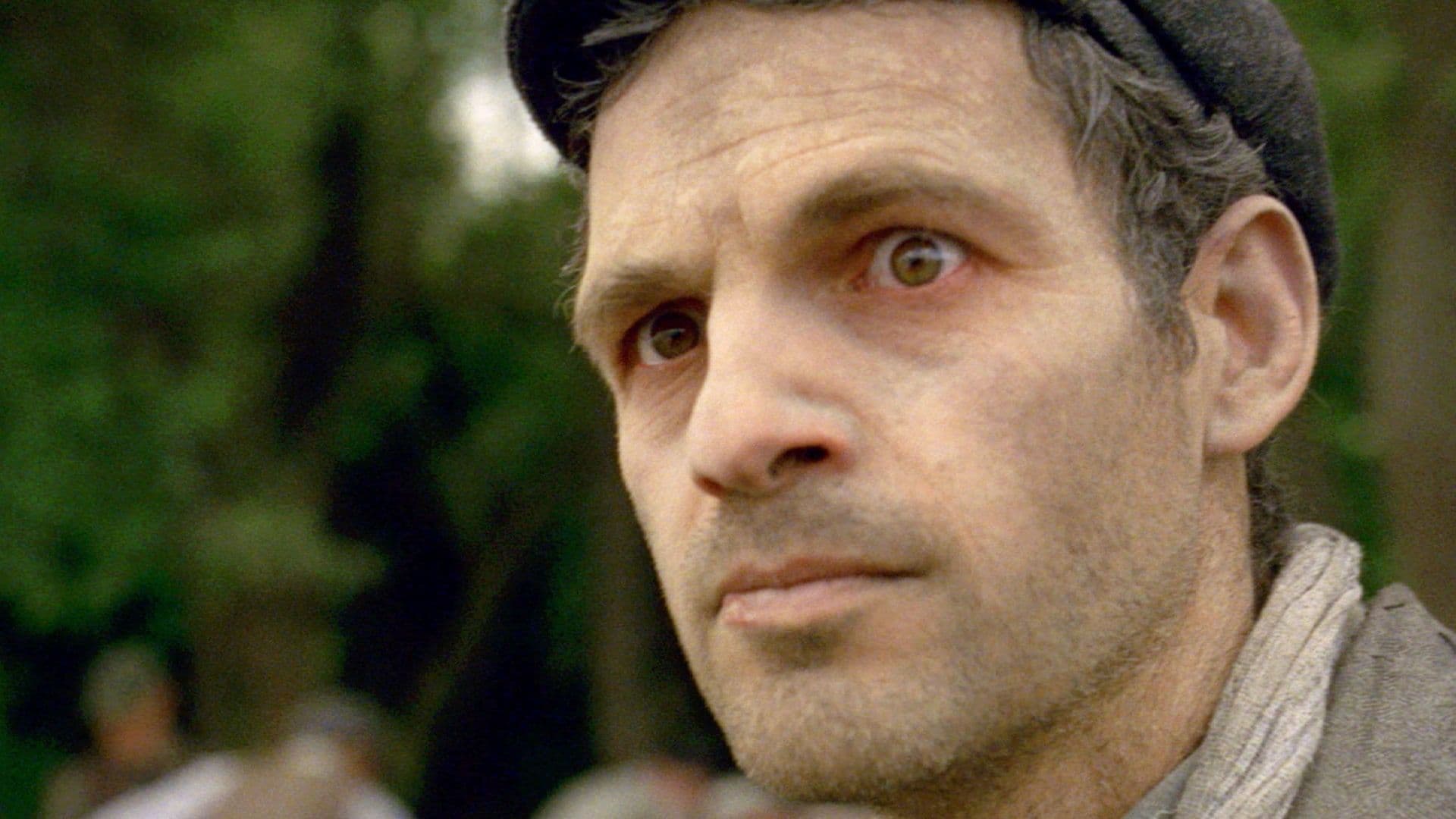
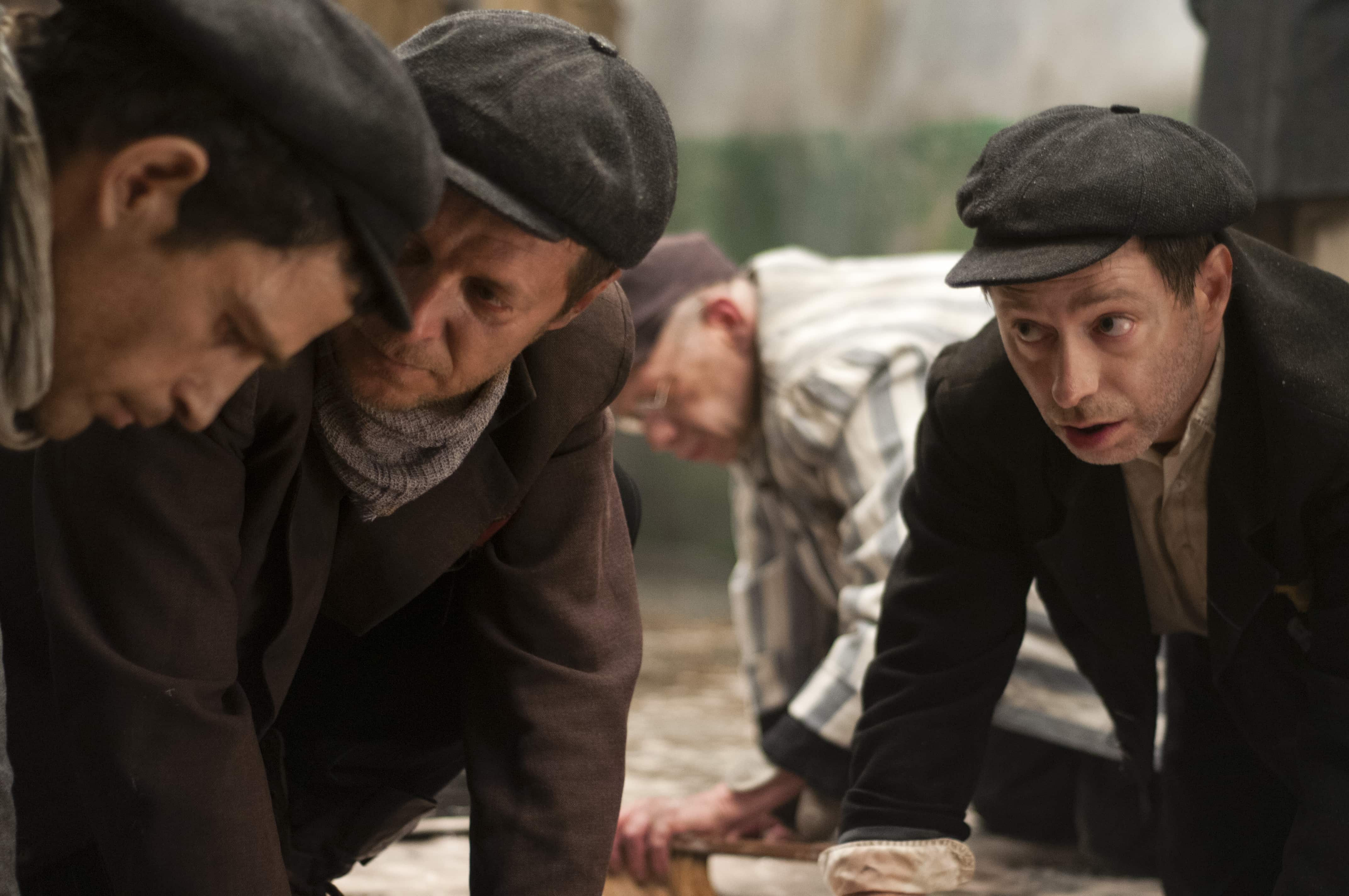
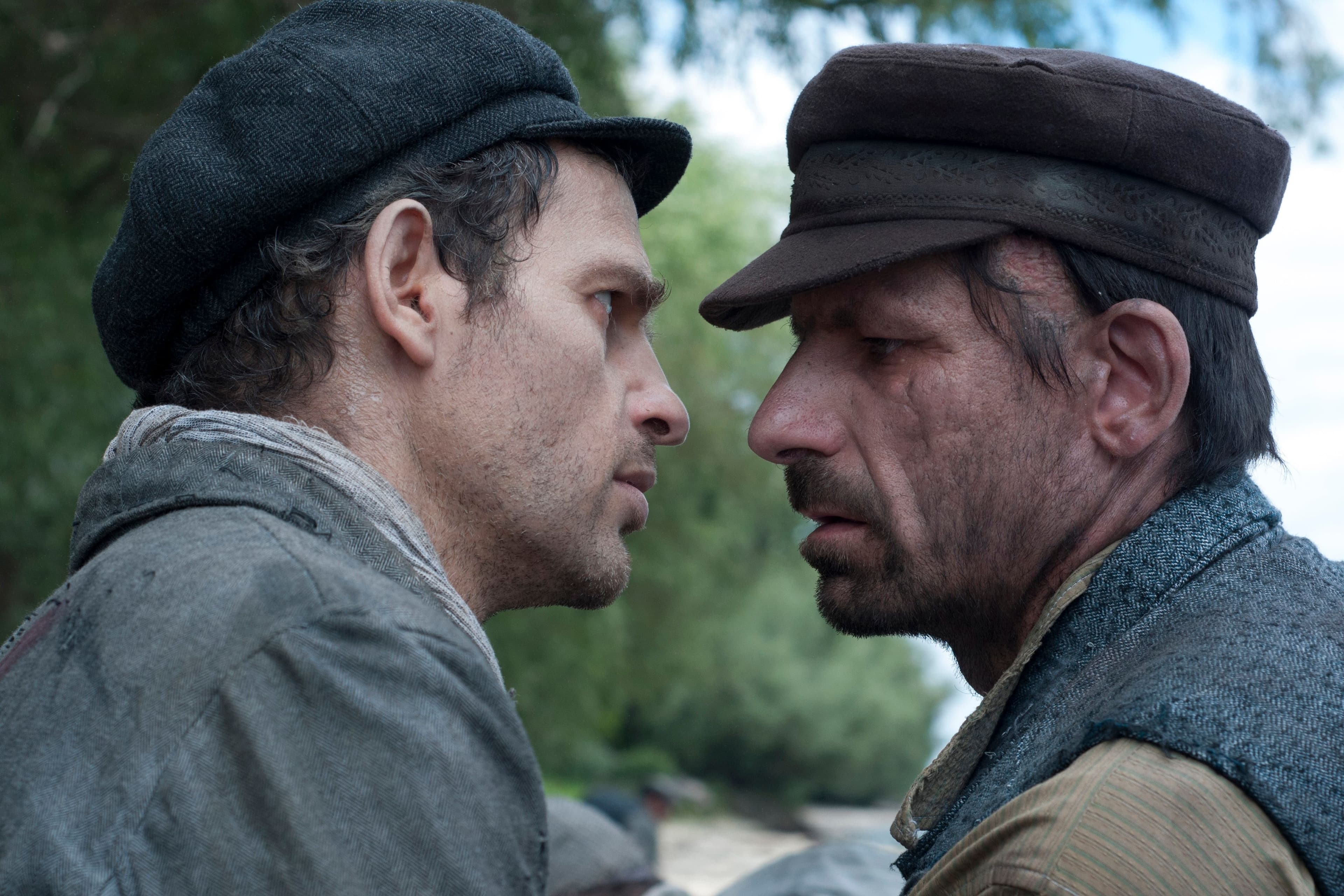
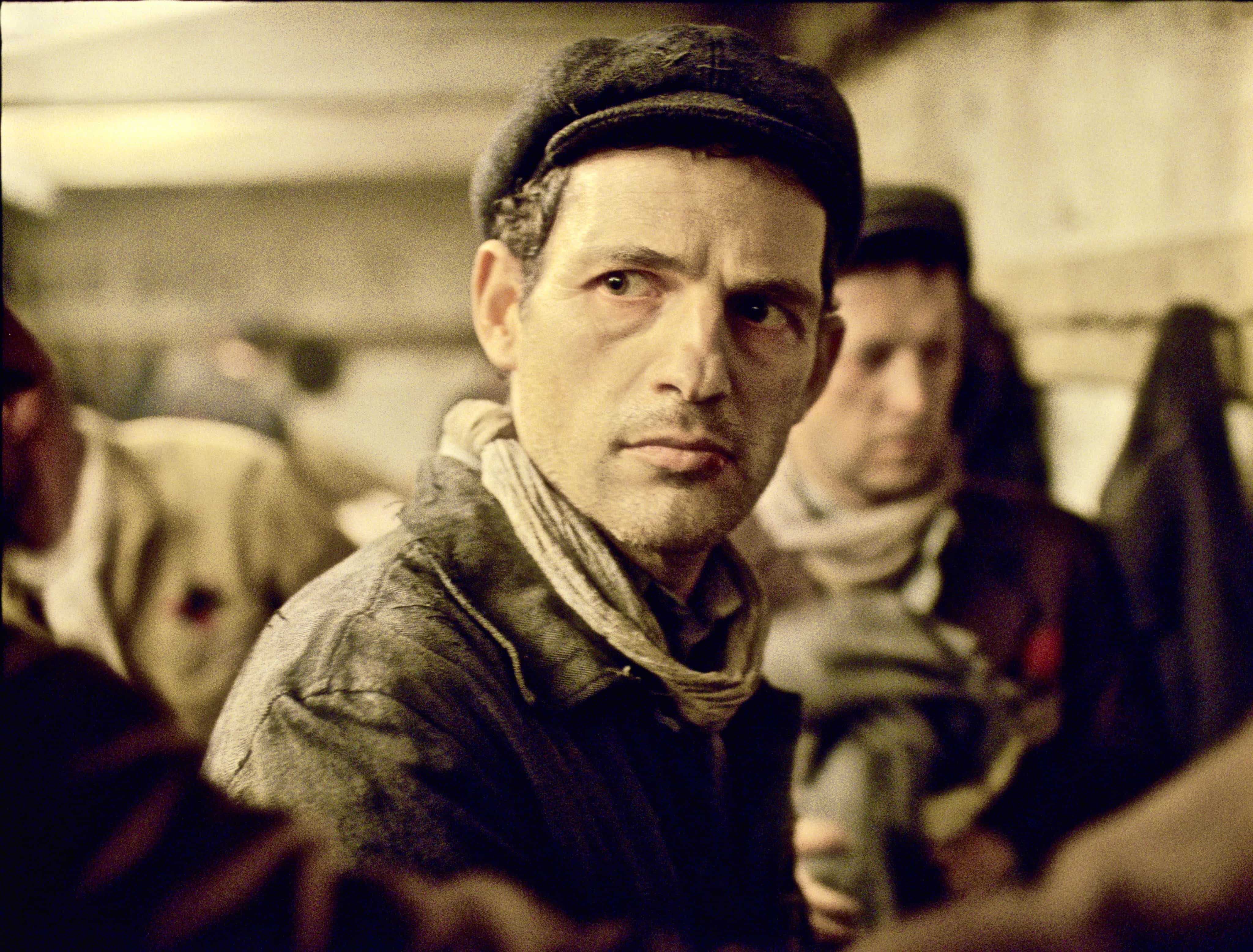
Featured Videos
Trailer
Comments
Loading comments...